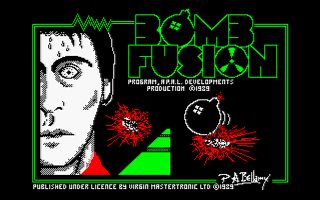

In June 1944, he made Teller head of an independent group working on the Super and other assignments. Oppenheimer restricted the work, though he did not drop it completely. To find a way would take so much time that they no longer could consider the hydrogen weapon a possibility for the war. By February 1944, the theoreticiansĬoncluded that heating deuterium to its ignition temperature would be more difficult than anticipated. With the unknowns still so great, it was difficult to predict what might be useful, and it seemed worthwhile to explore. Oppenheimer as head of the lab nonetheless directedĪ small group of physicists to continue to investigate the Super. To the fission bomb, not the Super, as the hydrogen weapon came to be called, and, in any event, the Super weapon depended on perfecting a nuclear bomb to trigger it. Priority at the Los Alamos laboratory, however, went Of theoretical issues involving a thermonuclear bomb were discussed, and the possibility of thermonuclear ignition of the atmosphere with a fission device was raised. Robert Oppenheimer and Edward Teller, at Berkeley in July 1942, a broad range At a meeting of top physicists, including J. Scientists recognized early on that even more powerful bombs might be built using nuclear fusion. One neutron, and tritium, with one proton and two neutrons. Two isotopes of hydrogen were particularly promising: deuterium, consisting of one proton and While fission is most easily achieved with heavy elements, such as uranium or plutonium, fusion is easiest with light elements. While the atomic bombs built during the Manhattan Project used the principle of nuclear fission, the thermonuclear, or hydrogen, bomb was based upon HYDROGEN BOMB Science > Bomb Design and Components Manhattan Project: Science > Bomb Design and Components > Hydrogen Bomb


 0 kommentar(er)
0 kommentar(er)
